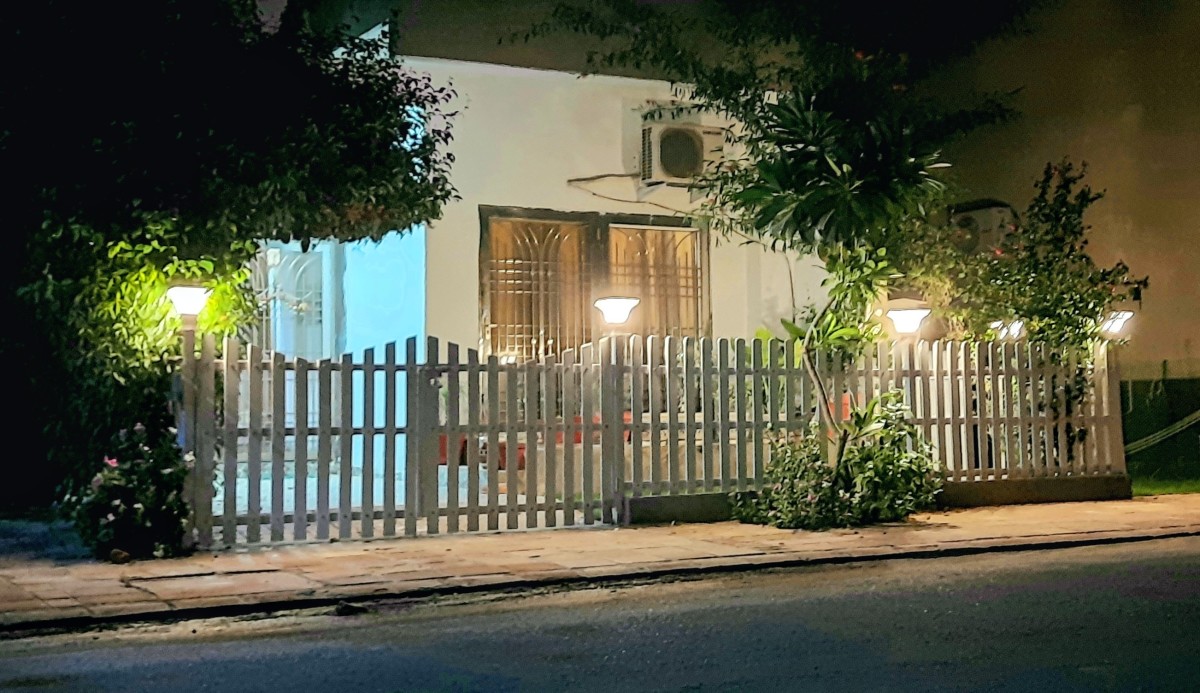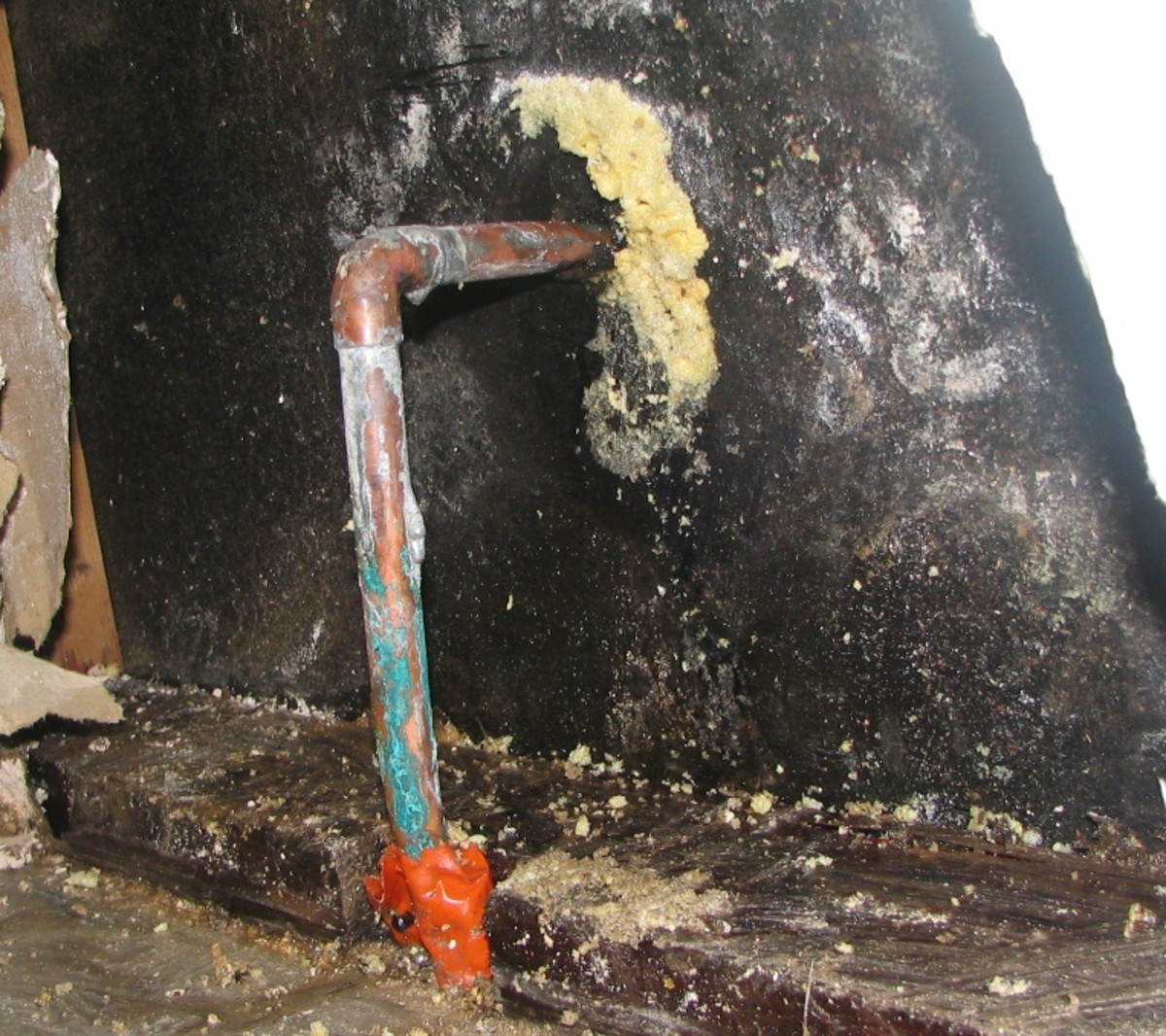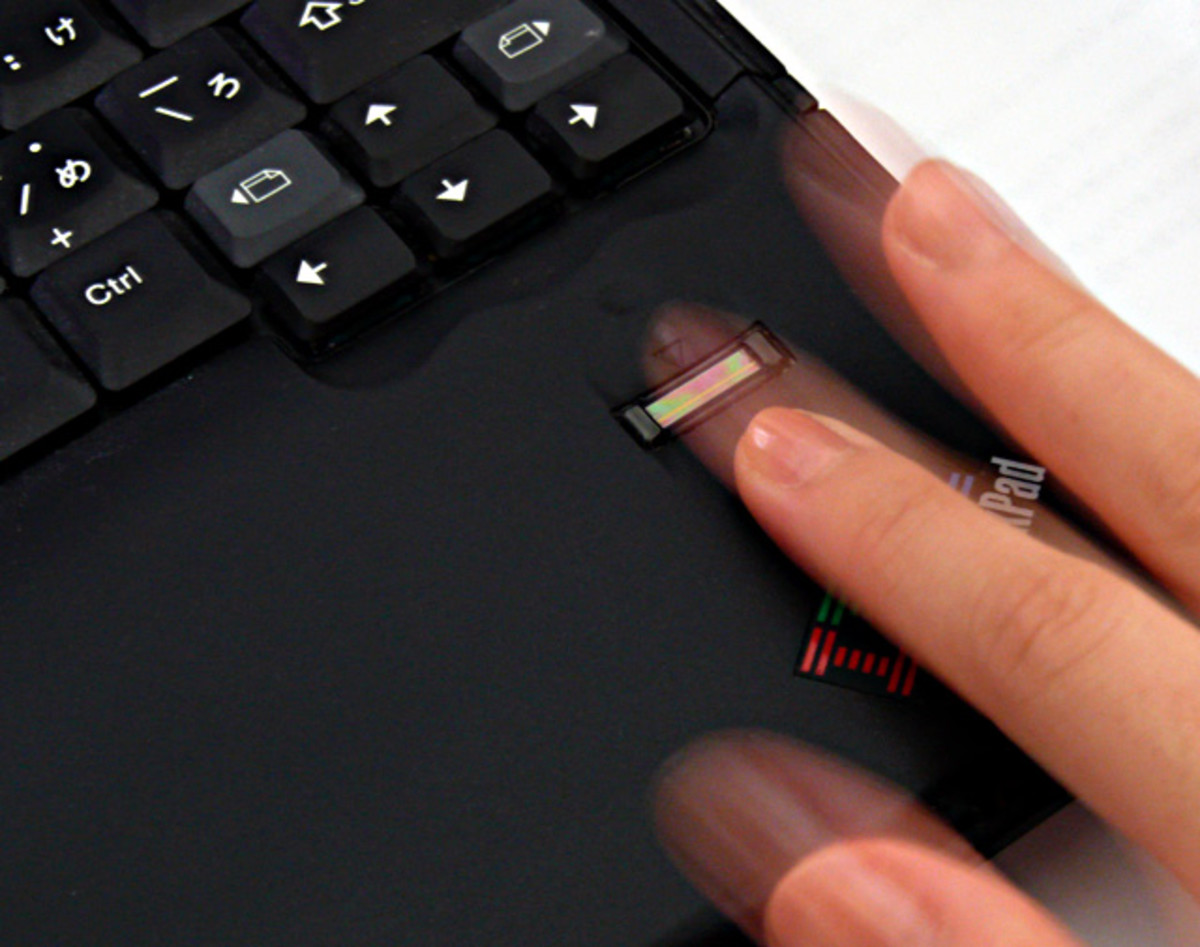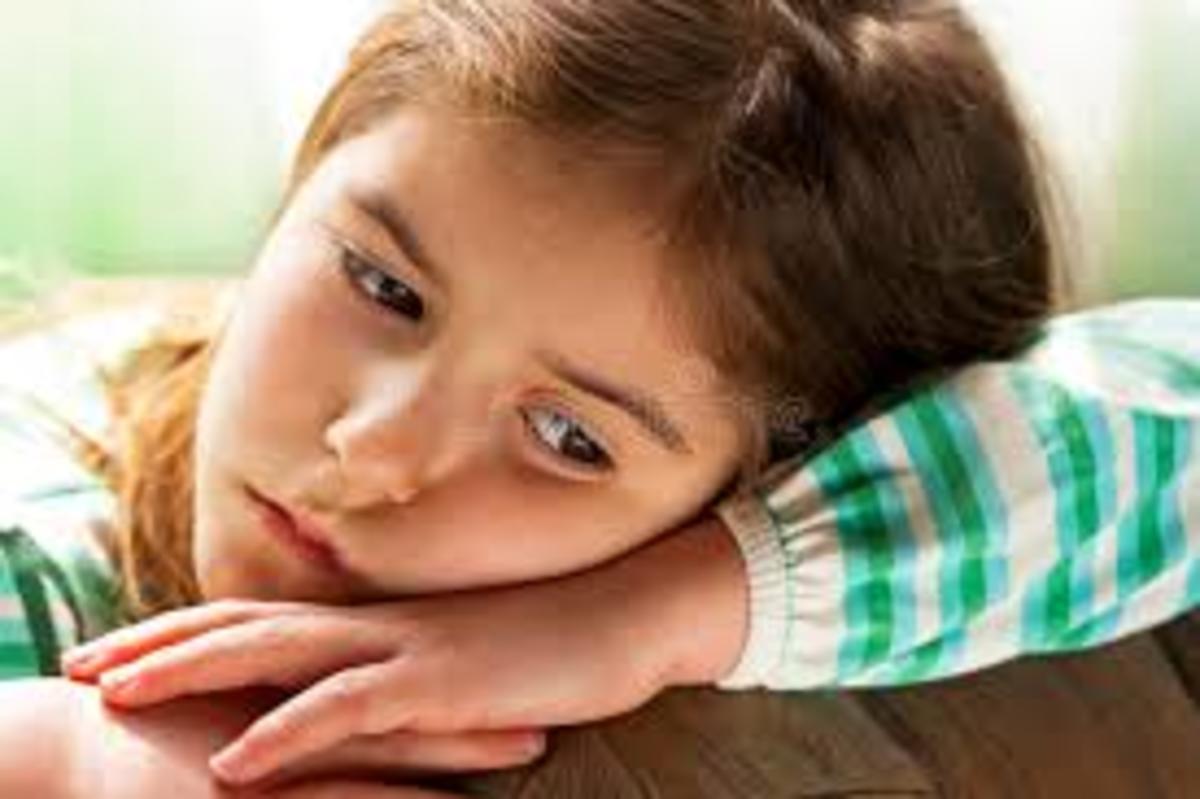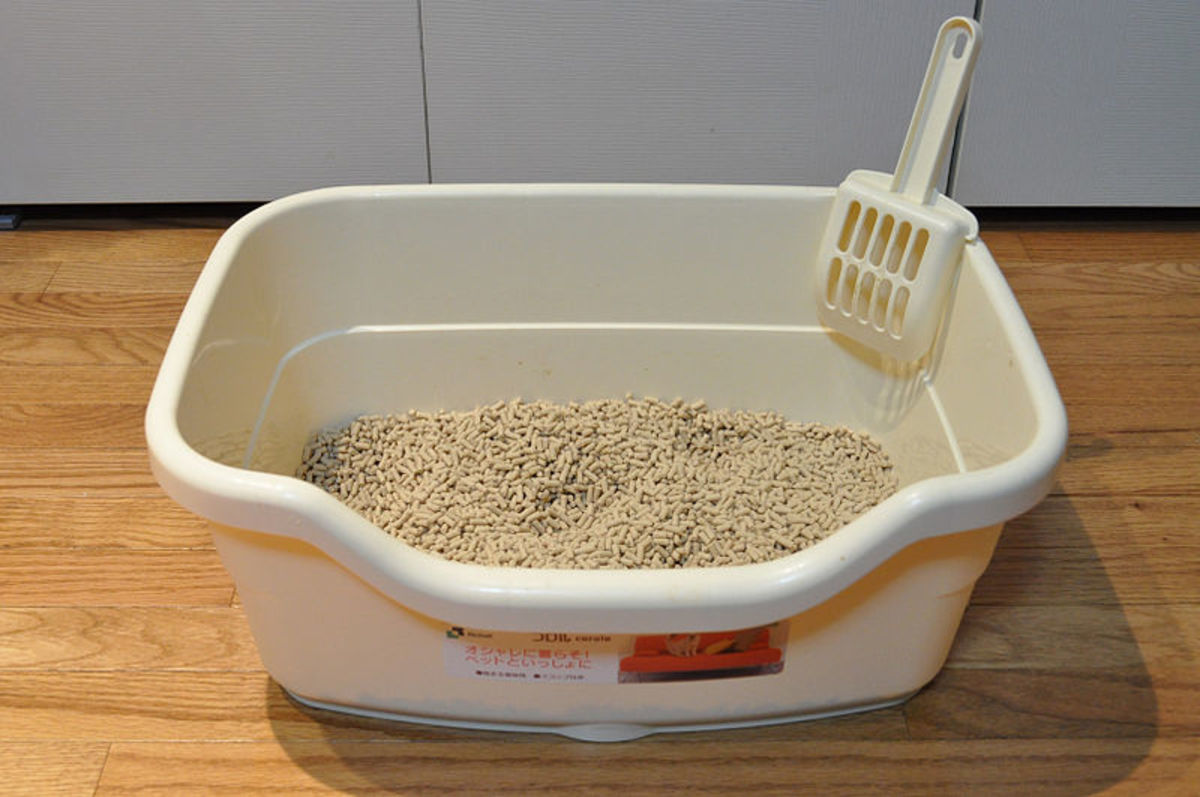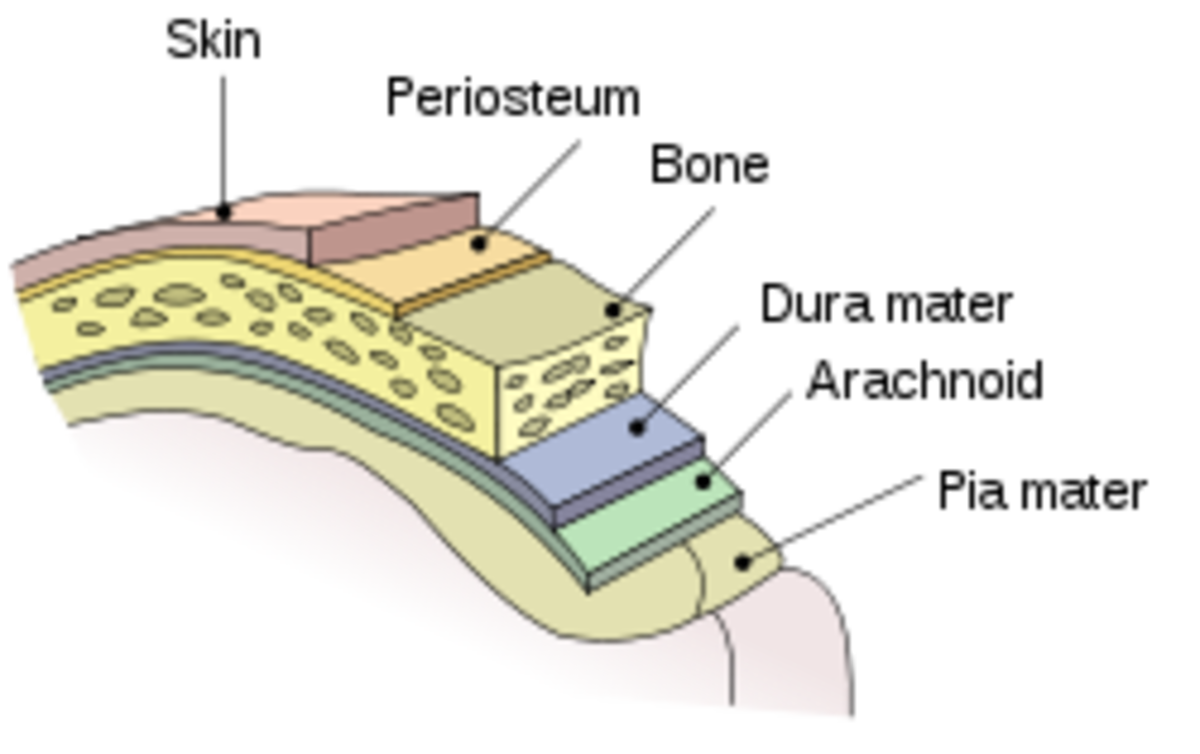Child Safety Standards
Child safety standards address topics such as protecting children from hazards, impeding a child's ability to access dangerous materials and designing safety measures with children in mind.
Child safety standards are those set forth specifically to protect children, whereas general safety standards apply to the whole population, including children. Hence child safety standards are for products intended for use by children or to improve the safety of the item when it is around children, even if intended for use by adults.
What are the major industry child safety standards?
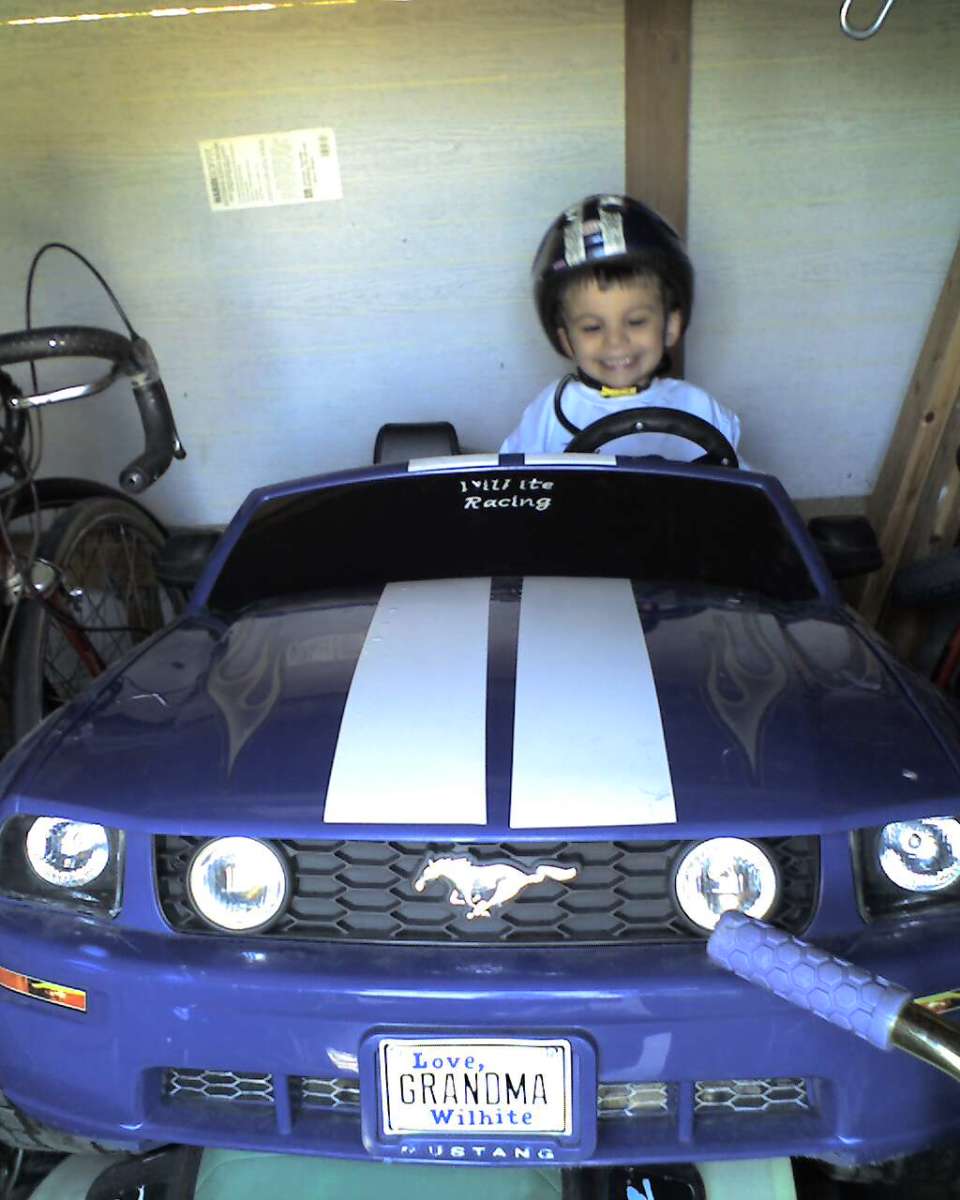
ASTM Standards for Child Safety
ASTM F2549 is the safety standard for frame child carriers such as backpacks used to carry children.
ASTM F2613 gives the safety specifications for folding chairs designed for children. ASTM F1838 gives the performance standards for plastic outdoor chairs used by children.
ASTM F2057 gives the safety requirements for chests and dressers that may be used in children's rooms. ASTM F2085 gives the safety requirements for bed rails which prevent children from rolling out of bed. ASTM F1427 gives the specifications for bunk beds, including measures to prevent children from falling out of them.
ASTM F2373 gives the safety requirements for play equipment for children between six months and two years old.
ASTM F2923 lists the safety standards for children's jewelry such as the maximum allowed lead content or cadmium content.
ASTM F1816 is the safety standard for the drawstrings used on children's upper outerwear, such as jackets, coats and hoodies. ASTM D6545 describes the method of testing the flammability of cloth used to make children's sleepwear like pajamas.
ASTM F2286 is the standard for removable mesh fencing used to keep children from falling into swimming pools. ASTM F2208 is the standard for pool alarms used to notify parents if a child falls into a pool.
ASTM F2264 is the safety standard for non-powered scooters that children may ride. ASTM F2642 is the specification for labeling power scooters and pocket bikes ridden by children.
ASTM E2299 is a guide for the sensory evaluation of products by children. This standard describes the scales and measures used to record a child's feedback or reaction to a product. This standard puts the safety of children first and foremost.
ASTM F2630 is the standard for self-closing gates, not "baby gates". ASTM Standard F1004 gives the safety specification for expandable enclosures.
ASTM International has issued a number of standards on child-resistant closures to prevent children from gaining access to pills or insecticides. For example, ASTM D7257 is the test method of child-resistant closures that require two different motions performed simultaneously to open a container.
ASTM F404 is the safety specification for high chairs. ASTM F2640 gives the safety standards for booster seats.
ASTM F2640 lists the safety specifications for infant walkers, devices that help children learn how to walk.
ASTM F2951 gives the safety specifications for baby monitors.
SAE Child Safety Standards
SAE AS5276 is the standard for child restraint systems in airplanes.
SAE J1038 gives the Society of Automotive Engineer's recommendations for keeping children safe while riding snowmobiles.
There are separate federal regulations and safety standards for child restraints used in cars.
ISO Child Safety Standards
ISO / IEC Guide 50 is a document to outline the general guidelines for child safety. ISO Guide 50 is a general reference for product design, manufacture and assembly. It applies to all products, even those not specifically designed for use by children. ISO Guide 150 has also been adopted by AFNOR.
ISO 8098 is the ISO standard for children's bikes. This standard was updated in 2012.
ISO 11540 is the safety standard for the caps used on pens intended for use by children.
ISO 18778 gives the requirements for infant monitors that monitor a child's breathing.
ISO 13215 is the standard method of minimizing the misuse of child restraint systems. This standard was created to address the estimated half of all car seats that are installed incorrectly or used incorrectly.
The International Standards Organization has issued a number of standards for child-resistant packaging. For example, ISO 8317 is the standard for re-closable child resistant packaging.
European Standards for Child Safety
Several nations, such as Germany and the United Kingdom, have their own standards for child safety separate from those issued by the ISO.
DIN EN 1930 is the European standard for the function and testing of child safety barriers. DIN EN 1888 outlines the safety requirements for wheeled child conveyances like strollers and prams. BSI BS EN 13210 is the standard for children's harnesses, also called baby leashes or toddler leashes.
The German DIN EN 1400 standard is the standard for baby soothers. Baby soothers generate lights and sound in a manner that calms children instead of exciting them. Baby soothers are often placed in a child's crib.
DIN EN 1273 is the standard for children's walking aids like walkers. BSI BS EN 14036 is the standard for baby bouncers.
DIN EN 14765 is the safety standard for children's bikes. BSI BS EN 14344 is the standard for child seats used on bicycles.
DIN EN 14988 Part 1 gives the safety requirements for children's high chairs. BSI BS EN 1272 is the safety standard for table mounted chairs, infant chairs that are attached to the table instead of standing on the floor.
BSI BS 8510 is the safety standard for children's safety bags. This standard also describes how the sleeping bags are to be tested.
BSI BS 8509 is the standard for children's beds for private homes. DIN 32623 is the German standard for children's hospital beds.
DIN EN 1466 gives the safety requirements for carry cots.
DS EN 14372 gives the safety requirements and test methods for feeding utensils for children.
EN 14682 gives the standard for cords and drawstrings on children's clothing. BSI PD CEN/TR 16446 gives guidance on how to apply EN 14682 when making children's clothing. These standards are intended to minimize the risk of choking and strangulation of children by the cords and draw strings in their clothing. BS BSI 7907 is the British code of practice regarding the manufacture of children's clothing to ensure that it is safe.
DS EN 12227 is the Danish standard for children's playpens. DIN EN 12227 is the German standard for playpens.
BSI BS EN 1176 is the safety standard for playground equipment and surfaces installed on playgrounds. BSI BS EN 1176 also outlines the test methods used to ensure that playground equipment cannot injure children if properly used and if playground surfaces absorb impacts well enough to minimize the risk of serious injuries.

United States Child Safety Standards and Regulations
16 CFR Part 1200 gives the U.S. federal government's definition of a children's product under the Consumer Product Safety Act.
16 CFR Part 1117 describes the appropriate reporting method for choking incidents caused by small items like balloons and parts from toys.
Federal Motor Vehicle Safety Standards list the safety standards for equipment used in cards such as car seats and booster seats. FMVSS 49 CFR 571 77 is the government's standard for child restraint systems like infant car seats and booster seats.
FAA TSO C100C is the Federal Aviation Administration's standard for the Aviation Child Safety Device or ACSD.
The American Public Health Association or APHA issued a document called "Guidelines for Early Care and Early Education Programs". It covers guidelines for child care facilities such as food service, safety guidelines for playgrounds, how sick children are to be handled and maintaining a healthy population.

